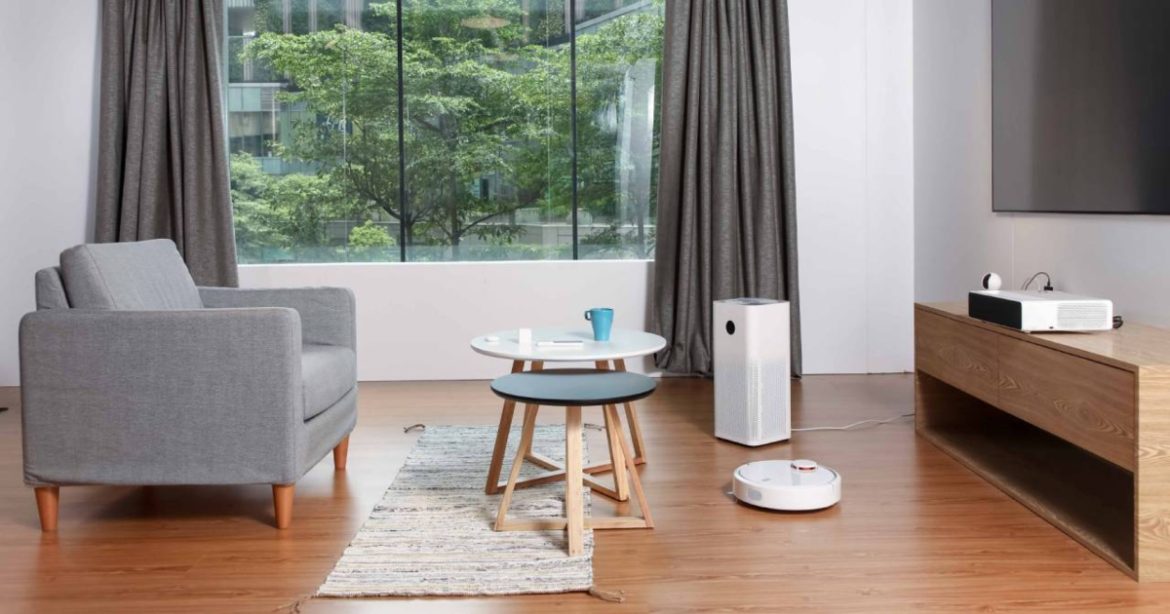Modern smart home technology is no longer a collection of individual devices—it’s united into ecosystems where all components work together as a single unit. This approach ensures maximum comfort, security, and efficiency. However, to create a harmonious system, it’s important to understand the principles of compatibility, control, and scalability.
The foundation of any ecosystem is a platform or hub. Apple HomeKit, Google Home, Amazon Alexa, Samsung SmartThings, and Yandex.Station are the “brains” of the smart home, uniting devices from different manufacturers. The choice of platform depends on your existing ecosystem: iPhone, Android, or Russian services.
Communication protocols play a key role. Previously, devices used Zigbee, Z-Wave, or Wi-Fi, which created fragmentation. Today, a unified standard—Matter—has emerged, supported by Apple, Google, Amazon, and others. It ensures out-of-the-box compatibility and simplifies setup.
Voice control has become the primary interface. Instead of dozens of apps, just say, “Alice, cook dinner,” and the lights will turn on, the oven will start, and the speakers will start playing your favorite music. But it’s important not to forget about backup control methods—via an app or physical buttons.
Advertising


